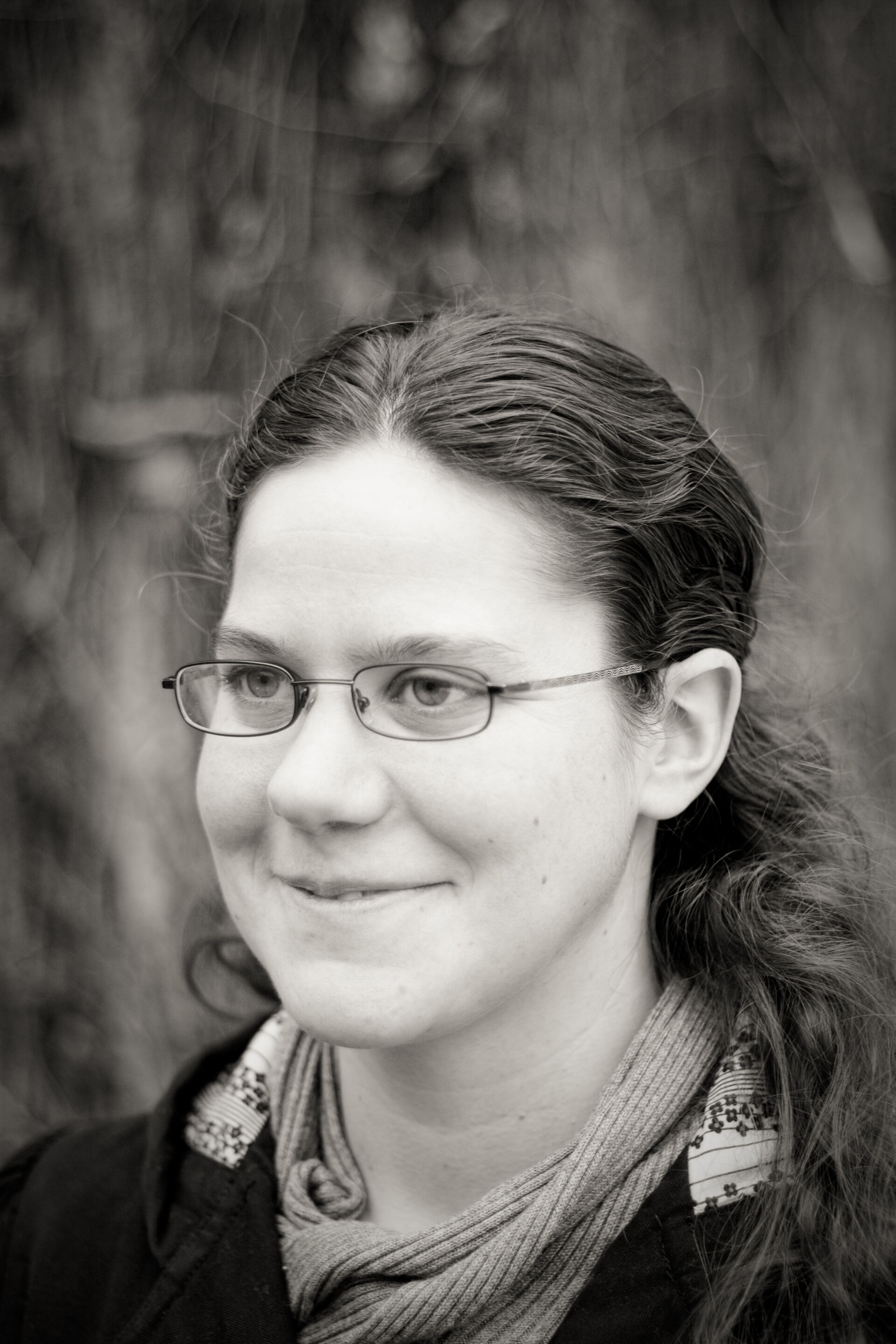Research Interests
My research interests span both fungal systematics and molecular ecology, but my background and education extends to botany, including systematics, anatomy, and development. I am particularly interested in ascomycete systematics and evolution, bryophilous and endophytic fungi, and using next generation sequencing techniques to address questions in microbial ecology and biodiversity. My primary research revolves around two projects:
- Investigating the diversity of fungi associated with the liverworts and mosses of Norway under the framework of BryoFungi, a project funded by the Norwegian Biodiversity Information Centre. Bryophilous fungi are a taxonomically diverse assemblage of saprophytes, parasites, pathogens and endophytes that are typically an over-looked and under-studied component of the ecosystem, despite their importance in carbon and nutrient cycling, as well as creating micro-disturbances. My research involves mapping of species distributions, surveys for species new to Norway and new to science, DNA-barcoding of reference specimens, and examining the evolutionary history of various groups of bryophilous fungi.
- Elucidating the ecological significance and evolutionary history of spruce endophytes through the iGran project, a Young, Talented Researcher Grant funded by the Research Council of Norway. Endophytic fungi can play a significant role in host resistance and stress tolerance. My research uses metagenomics and NGS amplicon sequencing to investigate the role of endophytes in pathogen resistance in spruce. In addition, my group uses RAD-tag sequencing to characterize the evolutionary history of European populations of spruce endophytes, whose hosts have experienced significant, recent bottlenecks due to evolutionarily recent glaciation events.
In addition, I am involved in a variety of projects with other focuses including: the role of the microbiome in animal health, addressing the ecology of the mycorrhizal symbiosis, the microbial biodiversity of terrestrial and marine arctic ecosystems, the systematics and evolution of mycocalicioid fungi, the diversity and distribution of wood decay fungi, and methods in microbial molecular ecology.
Education
2008, PhD in Biological Sciences with Specialization in Plant Biology, University of Alberta
2004, Honour's Bachelor's of Science with Specialization in Plant Biology, University of Alberta
Publications
M.L. Davey, R. Blaalid, U. Vik, T. Carlsen, H. Kauserud, P.B. Eidesen. 2015. Primary succession of Bistorta vivipara (L.) Delabre (Polygonaceae) root-associated fungi mirrors plant succession in two glacial chronosequences. Environmental Microbiology. In Press.
Petersen J.H., M.L. Davey. T. Læssøe. 2014. Hirticlavula elegans, a new clavarioid fungus from Scandinavia. Karstenia 54: 1-8.
Blaalid R., M.L. Davey, H. Kauserud, T. Carlsen, R. Halvorsen, K. Høiland, P. Bronken. 2014. Arctic root-associated fungal community composition reflects environmental filtering. Molecular Ecology 23: 649-659. doi: 10.1111/mec.12622
Rämä, T., J. Nordén, M.L. Davey, G.H. Mathiassen, J.W. Spatafora, H. Kauserud. 2014. Fungi ahoy! Diversity on marine wooden substrates in the high North. Fungal Ecology 8: 46-58. doi:10.1016/j.funeco.2013.12.002
Botnen, S., U. Vik, T. Carlsen, P.B. Eidesen, M.L. Davey, H. Kauserud. 2014. Low host specificity of root-associated fungi at an Arctic site. Molecular Ecology 23: 975-985. doi: 10.1111/mec.12646
Davey, M.L., E. Heegaard, R. Halvorsen, H. Kauserud, M. Ohlson. 2013. Amplicon-pyrosequencing based detection of compositional shifts in bryophyte-associated fungal communities along an elevation and vegetation gradient. Molecular Ecology 22: 368-383. doi:10.1111/mec.12122
Davey, M.L., R. Heimdal, M. Ohlson, H. Kauserud. 2013. Host- and tissue-specificity of moss-associated Galerina and Mycena species determined from amplicon pyrosequencing data. Fungal Ecology 6: 179-186. doi: 10.1016/j.funeco.2013.02.003
Linder, D., T. Carlsen, H.R. Nilsson, M.L. Davey, T. Schumacher, H. Kauserud. 2013. Employing 454 amplicon pyrosequencing to reveal intragenomic divergence in the internal transcribed spacer (ITS) rDNA region in fungi. Ecology and Evolution 3: 1751-1764. doi:10.1002/ece3.586
Davey, M.L., E. Heegaard, R. Halvorsen, M. Ohlson, H. Kauserud. 2012. Seasonal trends in the biomass and structure of bryophyte-associated fungal communities explored by 454 pyrosequencing. New Phytologist 195: 844-856. doi:10.1111/j.1469-8137.2012.04215.x
Bellemain, E., M.L. Davey, H. Kauserud, L. Epp, S. Boessenkool, E. Coissac, J. Geml, M. Edwards, E. Willerslev, G. Gussarova, P. Taberlet, C. Brochmann. 2012. High paleodiversity of fungi revealed using high-throughput metabarcoding of ancient DNA from arctic permafrost. Environmental Microbiology. 15: 1176-1189. doi: 10.1111/1462-2920.12020
Gjessing, M.C, M.L. Davey, A. Kvellestad, T. Vrålstad. 2011. Exophiala angulospora causes systemic inflammation in Atlantic cod Gadhus morhua. Diseases of Aquatic Organisms 96: 209-219. doi:10.3354/dao02381
Tsuneda, A., M.L. Davey, I. Tsuneda, A. Hudgins, R.S. Currah. 2011. Endophoma , a new didymellaceous endoconidial genus from bat-cave soil. Mycologia 103: 1146-1155. doi: 10.3852/11-054
Tsuneda, A. M.L. Davey, R.S. Currah. A new endoconidial black meristematic genus, Atramixtia, associated with declining white spruce and phylogenetically allied to a lineage of dothidealean conifer pathogens. Botany 89: 323-336. doi: 10.1139/b11-019
Davey, M.L. 2010. Annelosporium nemorosum gen. et sp. nov., an annellidic anamorph with phylogenetic affinities to the genus Daldinia (Xylariales). Karstenia. 50: 1-10.
Davey, M.L.., A. Tsuneda, and R.S. Currah. 2010. Saprobic and parasitic interactions of Coniochaeta velutina with mosses. Botany 88: 258-265. doi: 10.1139/B10-004
Tsuneda, A., M.L. Davey, and R.S. Currah. 2010. Two new dothideomycetous endoconidial genera from declining larch. Botany. 88: 471-487. doi:10.1139/B10-015
Davey, M.L., L. Nybakken, H. Kauserud, and M. Ohlson. 2009. Fungal biomass in the phyllosphere of bryophytes and vascular plants. Mycological Research doi:10.1016/j.mycres.2009.08.001
Davey, M.L. and R.S. Currah. 2009. Atradidymella muscivora gen. et sp. nov. (Pleosporales) and its anamorph Phoma muscivora sp. nov.: A new pleomorphic pathogen of boreal bryophytes. American Journal of Botany 96: 1281-1288. doi: 10.3732/ajb.0900010
Davey, M.L., A. Tsuneda, and R.S. Currah. 2009. Pathogenesis of bryophyte hosts by the ascomycete Atradidymella muscivora. American Journal of Botany 96:1274-1280. doi: 10.3732/ajb.0800239
Davey, M.L., A. Tsuneda, and R.S. Currah. 2008. Evidence that the gemmae of Papulaspora sepedonioides are neotenous perithecia in the Melanosporales. Mycologia 100: 626-635. doi: 10.3852/08-001R
Tsuneda, A., M.L. Davey, S. Hambleton, and R.S. Currah. 2008. Endosporium, a new endoconidial genus allied to the Myriangiales. Botany. 86:1020-1033. doi:10.1139/B08-054
Davey, M.L. and R.S. Currah. 2007. A new species of Cladophialophora (Hyphomycetes) from boreal and montane bryophytes. Mycological Research 111:106-116. doi:10.1016/j.mycres.2006.10.004
Davey, M.L. and R.S. Currah. 2006. Interactions between mosses (Bryophyta) and fungi. Canadian Journal of Botany 84:1509-1519. doi: 10.1139/b06-120
